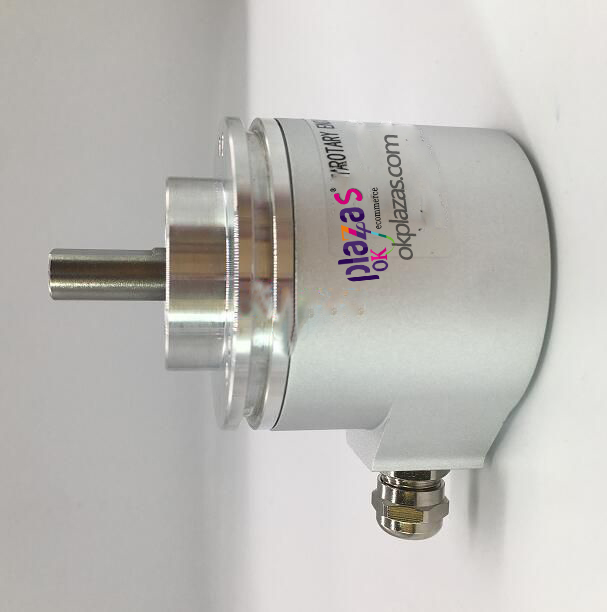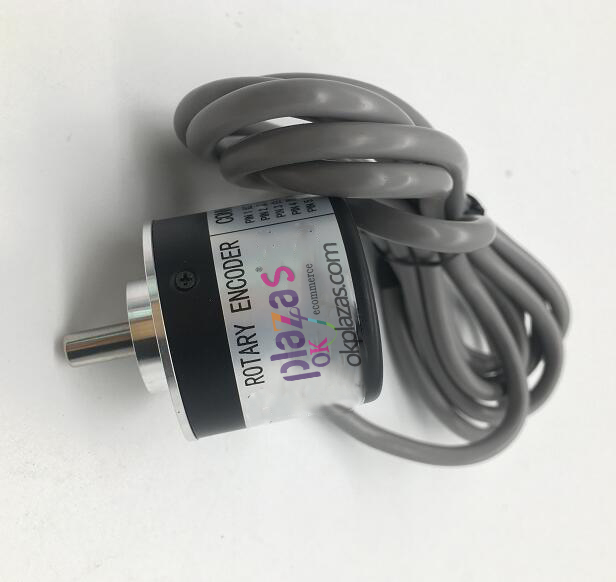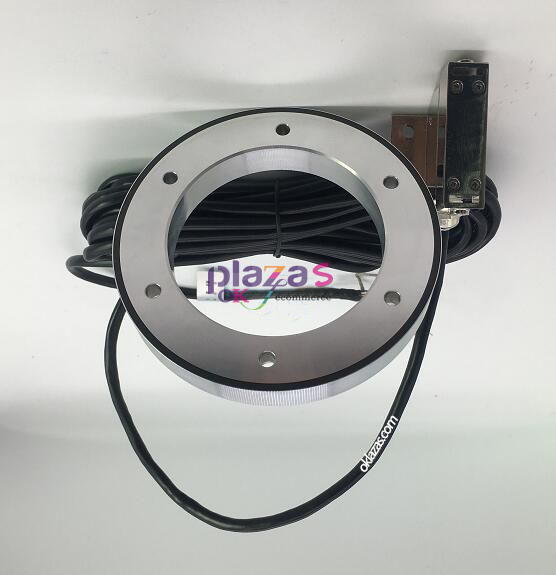What is the significance and function of the encoder installation Ethernet interface
What is the significance and function of the encoder installation Ethernet interface
What is the significance and function of the encoder installation Ethernet interface
What is the significance and function of the encoder installation Ethernet interface?
Friends who often come into contact with motion control equipment will find that in the past two years, we have begun to see many encoder products on the market beginning to have Ethernet interfaces. So, is the Ethernet interface a real function of practical value or a flashy technical device? When you carefully observe countless industrial automation control applications, the answer will be revealed. When deciding to adopt Ethernet control, people made the decision to adopt Ethernet interface. It is meaningless to deploy encoders with other bus interfaces and there is no cost advantage. You will find that in metal sheet processing, presses, punches, laser cutting equipment and other machinery, as well as in bottling plants and transportation and packaging industries, encoders with EtherCat, Profinet, PowerLink or Ethernet/IP interfaces are used. In addition, in sawing machines, high-bay warehouses and tire production, people also try and trust encoders that can use Ethernet.

What is the significance and function of the encoder installation Ethernet interface?
The traditional encoder needs a special interface to read the feedback value measured by the encoder. For example, pulse type (such as: TTL) encoders need to use high-speed counting modules, SSI encoders need to use SSI modules, and sine and cosine encoders (such as hiperface) need to be connected to corresponding feedback ports. Therefore, when using a traditional encoder, it is always necessary to lay a dedicated encoder cable on the device and connect the encoder to the corresponding interface module.
However, due to the large number of cable cores (such as: TTL has power supply and ±A±B±Z phase, hiperface has power supply plus ±sin±CoS± data signal), traditional encoder cables (planning, wiring, wiring, engineering and Maintenance) is actually quite a painful thing, there are still many things to consider, a slight mistake will cause problems.
For a single small device, if the number of encoders is small and close to the controller, then the above problem may not be a big problem. But once the equipment is huge and the number of encoders increases, the encoder cable problem will be exposed. Wiring and engineering quantities, electromagnetic compatibility electromagnetic noise interference, etc., will directly or indirectly affect the performance and efficiency of the equipment.
In fact, this problem not only occurs in encoders, but also with the increase in equipment volume and floor space and the distribution of components, it poses a great challenge to the layout and wiring of IO. Therefore, there is a method of connecting distributed equipment sensors to the control system through distributed remote IO. As a position measurement sensor, the encoder can also be connected to the equipment through the encoder module in the remote IO, which greatly reduces the encoding The wiring problem of the connector cable. However, in any case, it is still necessary to select a suitable encoder module according to the characteristics of the encoder, such as a normal high-speed module or SSI module, and the workload of its design, selection and wiring has not been reduced.
Another problem with traditional encoders is that they cannot be diagnosed. Since the system can only read the position value of the pulse to be measured from the electrical pulse of the encoder, the system knows nothing about the working status of the encoder itself. If there is a problem with the encoder that causes the feedback value error, if the control system program does not judge, it is basically certain that the gun has been shot. After transmission, tools such as waveform diagrams are needed to diagnose whether the encoder is faulty.

What is the significance and function of the encoder installation Ethernet interface?
Bus interface
For large equipment with scattered equipment components, the network bus should already be available. If an encoder with a bus port is used as a bus device, that is, to access the remote IO node of the system (rather than the IO points distributed under the remote IO node), the cable problem can be quickly solved.
Because these buses usually use standard connection ports, standard ports can be directly referenced in the system design; if you use bus standard cables, you don't even need to consider wiring, directly use quick plug-ins, saving a lot of wiring work. At the same time, the special module of the encoder is omitted.
In addition, the above-mentioned information diagnosis can also be realized through the bus, because not only can the measurement position information of the encoder be transmitted on the bus, but also information such as its own operating status can be monitored in real time through the bus.
In fact, network bus encoders, such as various incremental and absolute encoders with ports such as PROFIBUS, DeviceNet, and CANopen. But in my opinion, these belong to the previous generation of industrial buses. The speed and quantity of data transmission, network bandwidth, and real-time performance are all difficult to meet the needs of encoder applications that need to collect position (or speed) data in real time. On the one hand, the system will have a great delay when reading the encoder position (speed); on the other hand, the amount of information that can be transmitted on the bus is also limited.
In recent years, with the development of industrial Ethernet technology, network bandwidth and transmission rate have been greatly improved, making industrial Ethernet gradually popular in production equipment, becoming the development trend of a new generation of industrial fieldbus. For the encoder, the use of modern industrial Ethernet technology greatly improves the refresh rate of measurement feedback data, especially the development of the Ethernet bus using clock synchronization technology, which greatly improves the application experience of the encoder.
Compared with the previous generation bus, the bandwidth of Ethernet has been greatly improved, and the data acquisition speed of the control system is faster. If you need real-time motion feedback for motion control, you can use an Ethernet encoder with clock synchronization function, such as EtherCAT, EthernetIP synchronization (CIP sync), PROFINET encoder, etc., which all rely on the control system bus.
The wiring inside the cabinet uses standard RJ45 ports, and the encoder side uses the same IP67 plug as the field IO. The wiring is very simple. The encoder can access the system from any Ethernet port on the device, which is very convenient from a design and engineering perspective.
In addition, due to the huge increase in network bandwidth, the system can read more information from the encoder, such as the encoder's operating status, diagnostic information, and operating clock. It can also read the encoder's position value and speed value at the same time. In the application of traditional encoder, it can only be calculated by program. Some encoders can even measure ambient temperature and other information. In other words, the capabilities of the network encoder have been enhanced. In terms of advanced 4.0 and the Internet of Things, it is more intelligent and convenient.

The above is what the editor of the brand encoder manufacturer okplazas.com introduced to you: What is the meaning and function of installing the Ethernet interface on the encoder? Welcome friends who are interested to learn and communicate together!





